Have you ever tried to explain your product at a party?
You know how it goes: someone asks what you do, and you launch into a rehearsed script, meticulously explaining your product's features and benefits… Meanwhile, everyone’s eyes are glazing over.
The painful truth for product marketers is that if you can't describe your product in 10 seconds, your market probably can’t either. This isn't just an anecdotal problem; it's a documented challenge across the industry. In this article, I’m going to help you overcome that challenge.
We’ll explore why B2B buyers struggle to understand complex products and how we tackled this challenge at Envirosuite. You’ll learn how to humanize your messaging, simplify your story, and use AI to drive meaningful engagement that influences the product roadmap itself.
Let’s dive in.
The B2B buyer’s struggle with technical products
For many B2B buyers, making a purchasing decision is a real struggle. Gartner surveyed 270 B2B buyers, and 77% of them described a recent purchasing decision as "extremely complex or difficult".
Even more concerning, 95% of B2B buying groups report having to revisit their decision at least once after signing the deal. Think about that: after all the demos and sales meetings for a deal that could be worth £50,000 ARR, people are still finding it difficult. After the contracts are signed, they're still trying to figure out what they just bought.
Other studies have found that as few as 3% of tech buyers can articulate the differences between products they’ve seen demos for.
We’ve all been there: you find a platform you love, but then procurement makes you check out three or four competitors. By the end, it’s hard to explain the differences, but you just know which one you want.
The ugly truth is, nobody cares about your features.
The challenge of a brilliant but misunderstood product
I work for Envirosuite, an environmental technology company. Our platform is driven by some pretty heavy environmental science. We help customers across four key sectors – mining, waste, wastewater, and airports – achieve compliance, avoid fines, and keep their operations running. We collect complex data on air quality, noise, water, and other factors so our customers can make critical decisions.
When I joined the company as Head of Product Marketing, I realized we had a brilliant product that was poorly understood. The platform is incredibly capable, but it’s also complex, with both hardware and software components.
We were stuck in a tough spot, perceived as a niche solution by a niche market, and competing in a very crowded technical marketplace. The marketing materials were often dry, technical, and full of jargon.
The pain of selling complexity
The complexity of our platform meant that only our founding staff could sell it; they were the only ones who truly understood the technical brainpower behind it. This made it incredibly difficult to onboard new salespeople, and even our experienced team members were overwhelmed by the sheer number of use cases.
The result? Explanations of our product often sounded like a PhD thesis.
I gathered some feedback from our sales team that really hit home:
"It takes three meetings to explain what we do, and most of the time, I have to sell it to myself first."
"It's like selling a spaceship when people want a bike to get them to work."
These challenges were reflected in our data:
- We saw a 40-50% bounce rate on our product pages.
- Only 15% of our marketing qualified leads (MQLs) converted.
- Our sales cycle averaged between 12 and 18 months.
Beyond the technical: Finding the human story
We had always worked closely with our product team using a jobs to be done framework. For our customers, the core jobs were simple; they wanted to be compliant, to be able to respond to stakeholders quickly, and to stay operational.
But we knew there had to be more to the story. We needed to understand the humans using our platform.










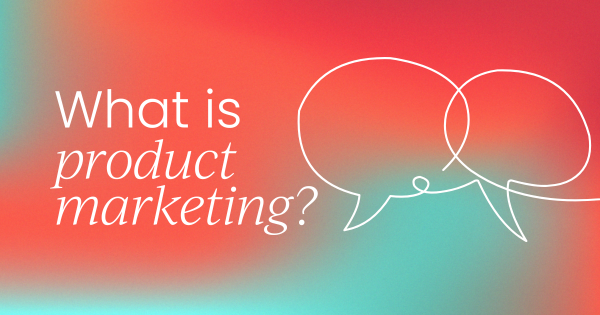
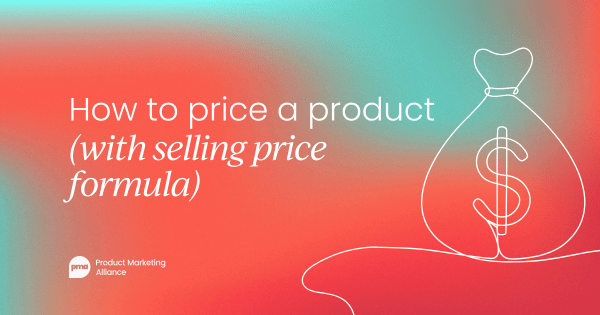
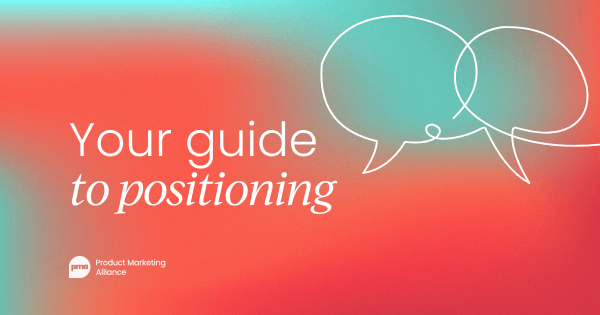
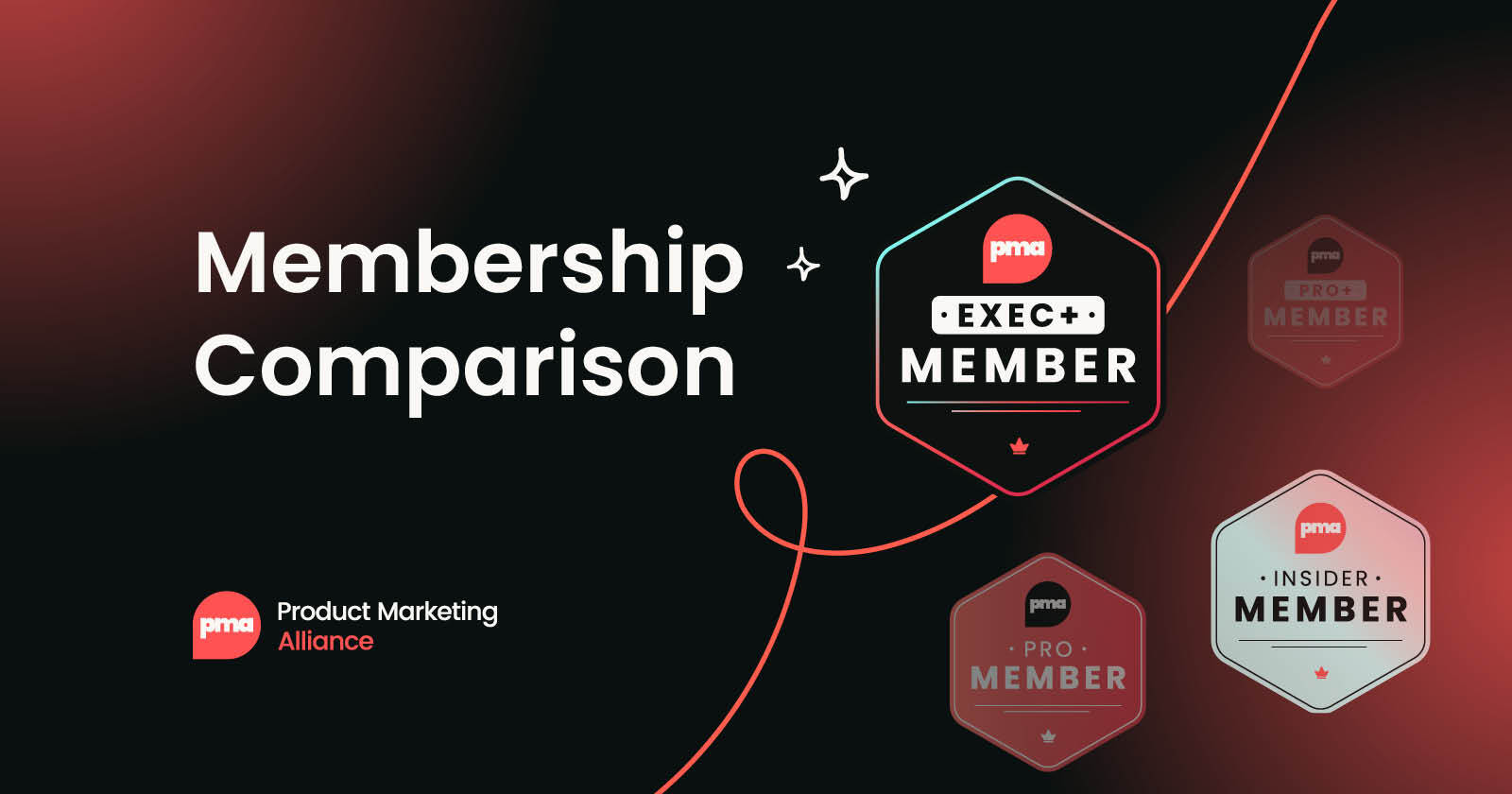
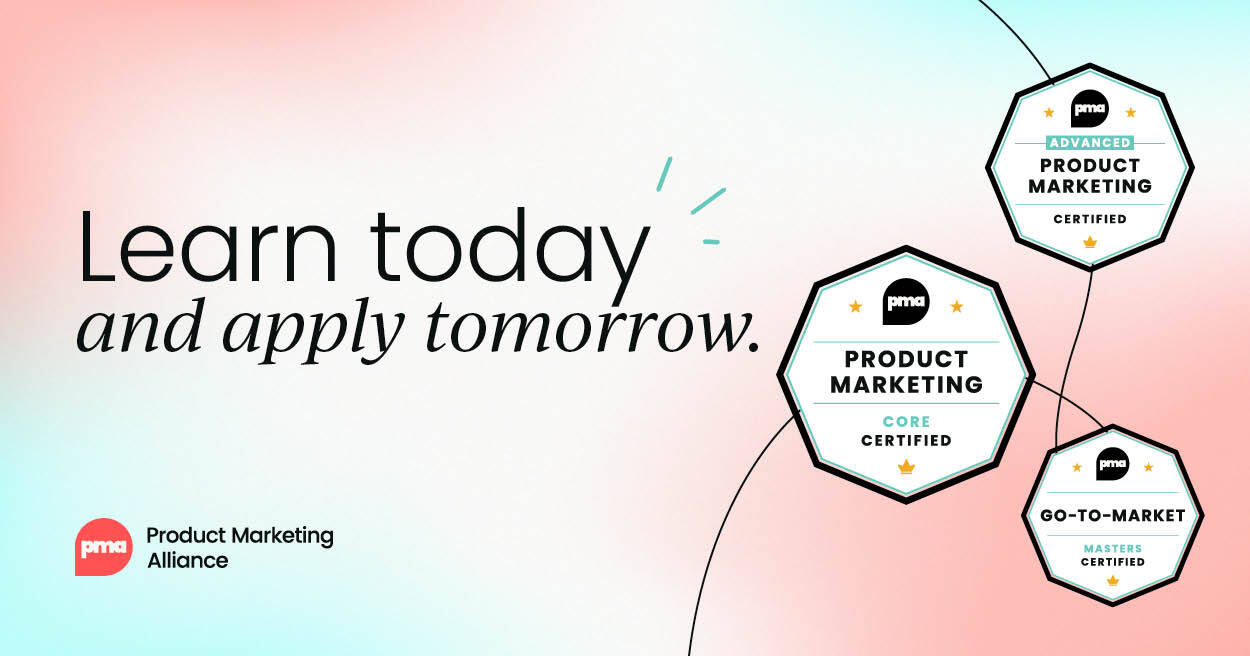
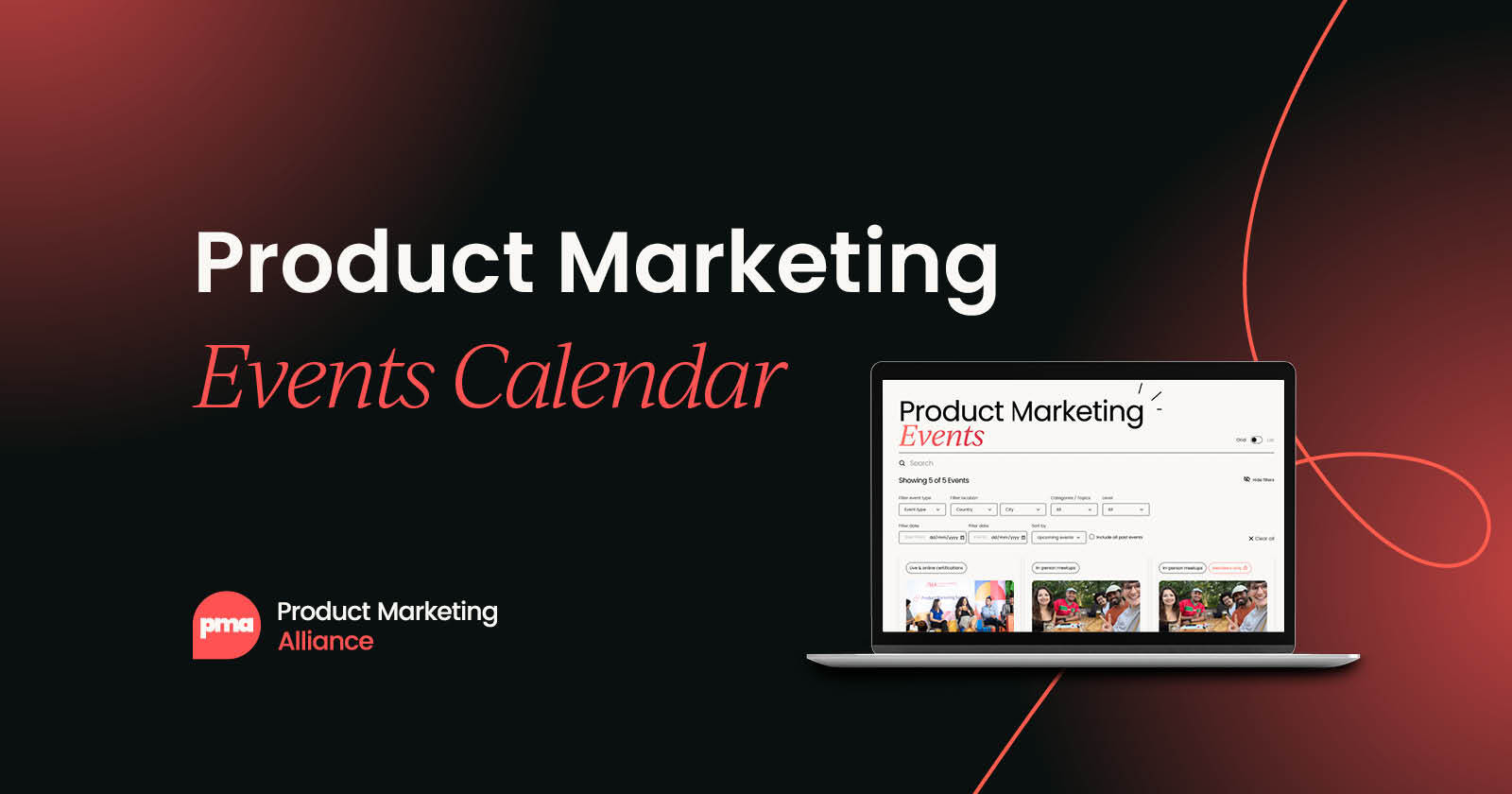
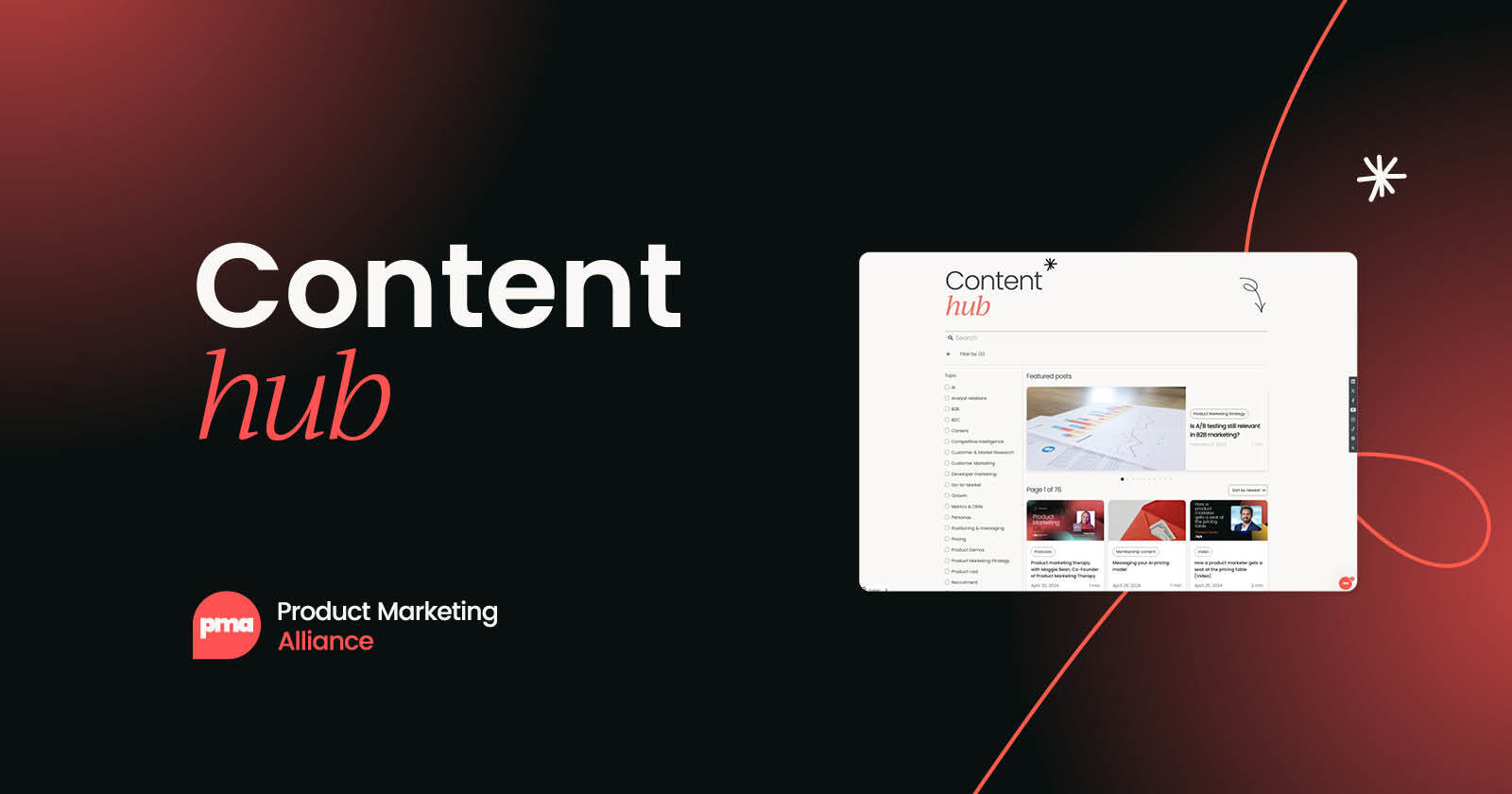

 Follow us on LinkedIn
Follow us on LinkedIn

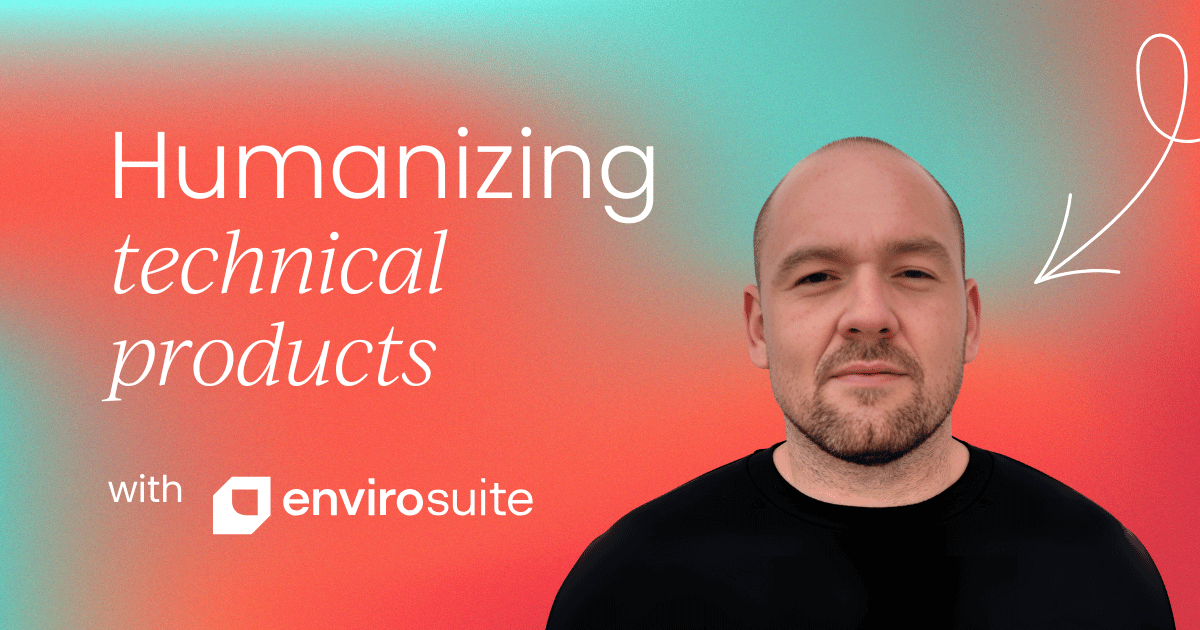


.svg)